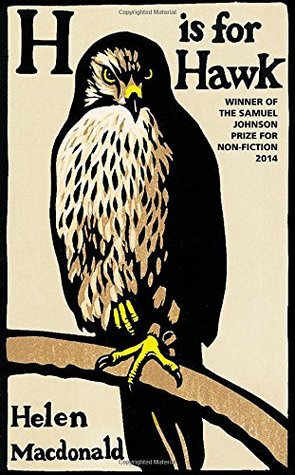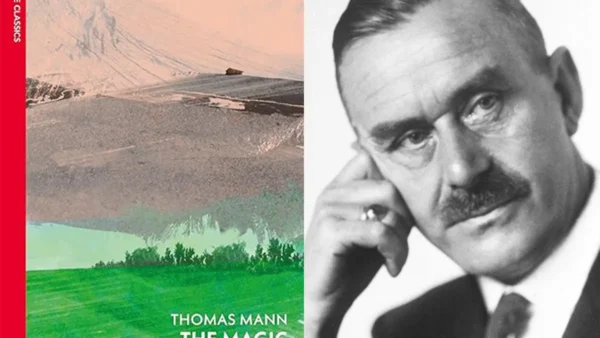H is for Hawk is a beautiful evocation of grief and the way in which the sudden death of a loved on can rip away your sense of control over the world, reminding you that you are powerless in the face of mortality and that everything you love and cling to is transitory.
Years ago, when The Secret Life of Bees first came out, I remember being astonished when a colleague recommended it to me on the grounds that, even if I didn’t like the story, I’d learn something about bees.
It struck me as a bizarre reason to read a novel, and I suspected that it also missed the point. But perhaps this person was on to something—the book was, of course, a huge hit, spawning not only a Hollywood movie but also a rash of copycat “Secret Life of” books.
So if you have the same view of reading, you’ll love H is for Hawk—even if you don’t relate to the story of a woman overcoming grief at the loss of her father, you’ll learn something about training hawks.
I think, though, that this book has a lot to recommend it beyond the practical. It’s a beautiful evocation of grief and the way in which the sudden death of a loved on can rip away your sense of control over the world, reminding you that you are powerless in the face of mortality and that everything you love and cling to is transitory.
Here’s a word. Bereavement. Or, Bereaved. Bereft. It’s from the Old English bereafian, meaning ‘to deprive of, take away, seize, rob.’ Robbed. Seized. It happens to everyone. But you feel it alone.

The book is structured as a nonfiction narrative describing the writer training a hawk in the wake of her father’s death. This hawk training runs in parallel with that of an earlier writer, T. H. White, so that along with the present-day story we get glimpses of White training his own hawk, based on his own 1951 book The Goshawk and on his unpublished writings which Macdonald has trawled through.
For both writers, the training is a spiritual journey, but the trajectories are very different. White is struggling to master his repressed homosexuality. By mastering and taming something wild and free, he is trying to tame what he views as the wild impulses and desires within himself.
For Macdonald, on the other hand, the wildness is what she seeks—at least at first. In a world out of control, a world in which she feels bereft, she finds comfort in entering the world of the hawk, a world in which life and death are simpler and more open. She feels disconnected from the world around her. There’s a wonderful passage in which she likens her experience to that of Alice falling slowly down the rabbit-hole, able to reach out and touch the things around her but still always falling past them to the darkness below.
But although the wild provides a refuge, it has its limitations:
Hands are for other human hands to hold. They should not be reserved exclusively as perches for hawks. And the wild is not a panacea for the human soul; too much in the air can corrode it to nothing.
Macdonald, like White, has lost her grip and is struggling to re-establish it. The different ways in which they train their hawks help us to see the different paths out of the darkness, the different ways of surviving in a world where control can be lost swiftly and unexpectedly. That, to me, is a real gift. And you also get to learn a lot about hawks.



